Uncategorized
Crypto Daybook Americas: Forex Markets Signal Bitcoin Upside Amid Tariff-On/Tariff-Off Trading
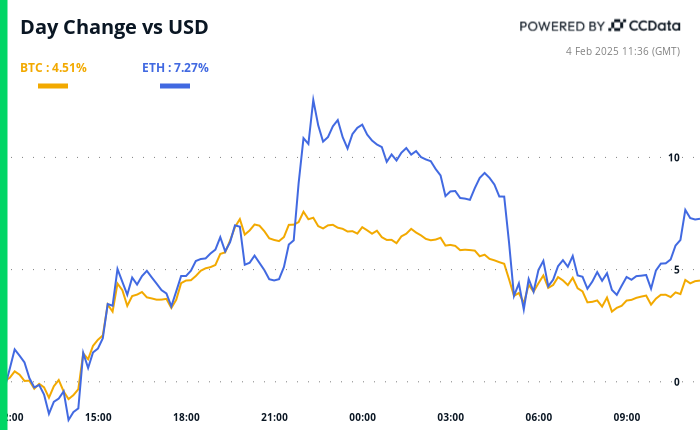
By Omkar Godbole (All times ET unless indicated otherwise)
If you follow financial markets, you’ve probably come across the terms «risk-on» and «risk-off.» Now we seem to be entering a new era of «tariffs on/tariffs off.»
In a risk-on environment, growth-sensitive assets like stocks and cryptocurrencies tend to rise due to expectations of economic expansion or accommodative monetary policy. Conversely, risk-off situations reflects a lack of investor confidence, leading to sell-offs and a preference for safer assets.
But this week, President Trump’s tariffs announcement have single-handedly guided markets. Early Monday, bitcoin (BTC) plummeted to nearly $91,000 as Canada and Mexico retaliated against Trump’s tariffs. That was «tariffs on» trading.
Later, it rebounded above $100,000 after Trump paused the Mexico tariffs for the 30 days and announced the creation a sovereign wealth fund, which generated hopes of potential investments in BTC. That was «tariffs off.»
The bullish momentum ran out of steam early Tuesday as China retaliated against Trump’s import tax, reviving «tariffs on» trading. BTC fell over 3% to $98,000, dragging altcoins lower. Nasdaq futures dropped over 0.5% and the dollar drew haven bids.
Bitcoin and the broader crypto market will likely rebound should Trump announce an 11th-hour deal with China, just as he did with Mexico and Canada on Monday. Foreign-exchange market activity suggests that’s likely. The AUD/CAD is down just 0.3% for the day, a sign traders don’t expect a prolonged tariff war between the U.S. and China. (The Australian dollar is widely seen as a proxy for China).
«A cross like AUD/CAD should trade sharply lower in this situation given Canada has dodged tariffs and China has not, but it is only 0.5% lower on the day. That signals markets are pricing in a good chance that the US and China will also strike a deal and delay tariffs,» ING said in a note to clients.
That said, you can never be sure of Trump. So, expect heightened volatility and stay alert!
What to Watch
Crypto:
Feb. 5, 3:00 p.m.: Boba Network’s Holocene hard fork network upgrade for its Ethereum-based L2 mainnet.
Feb. 6, 8:00 a.m.: Shentu Chain network upgrade (v2.14.0).
Feb. 13: Start of Kraken’s «gradual» delisting of the USDT, PYUSD, EURT, TUSD, UST stablecoins for EEA clients. The process ends March. 31.
Macro
Feb. 4, 10:00 a.m.: The U.S. Bureau of Labor Statistics (BLS) releases December’s Job Openings and Labor Turnover Survey (JOLTS) report.
Job Openings Est. 7.88M vs. Prev. 8.098M
Job Quits Prev. 3.065M
Feb. 4, 2:30 p.m.: White House AI and Crypto Czar David Sacks, along with four congressional leaders, hold a press conference on digital assets cooperation. Livestream link.
Feb. 4, 7:30 p.m.: Fed Vice Chair Philip N. Jefferson is giving a speech titled «U.S. Economic Outlook and Monetary Policy.»
Feb. 5, 9:45 a.m.: S&P Global releases January’s US Services PMI (Final) report.
Est. 52.8 vs. Prev. 56.8
Feb. 5, 10:00 a.m.: The Institute for Supply Management (ISM) releases January’s Services ISM Report on Business.
Services PMI Est. 54.3 vs. Prev. 54.1
Services Business Activity Prev. 58.2
Services Employment Prev. 51.4
Services New Orders Prev. 54.2
Services Prices Prev. 64.4
Feb. 5, 10:00 a.m.: U.S. Senate Banking Committee hearing on “Investigating the Real Impacts of Debanking in America,” featuring four witnesses including Nathan McCauley, co-founder and CEO of Anchorage Digital. Livestream link.
Feb. 5, 3:00 p.m.: Fed Governor Michelle W. Bowman is giving a speech titled “Brief Economic Update and Bank Regulation.”
Earnings
Feb. 5: MicroStrategy (MSTR), post-market, $-0.09
Feb. 10: Canaan (CAN), pre-market, $-0.08
Feb. 11: HIVE Digital Technologies (HIVE), post-market, $-0.11
Feb. 11: Exodus Movement (EXOD), post-market, $0.14 (2 ests.)
Feb. 12: Hut 8 (HUT), pre-market, break-even
Feb. 12: IREN (IREN), post-market
Feb. 12 (TBA): Metaplanet (TYO:3350)
Feb. 12: Reddit (RDDT), post-market, $0.25
Token Events
Governance votes & calls
Compound DAO is discussing the creation of Morpho-powered lending vaults on Polygon curated by Gauntlet. Polygon Labs is set to offer $1.5 million in POL, matched with $1.5 million in COMP to incentivize usage.
Arbitrum DAO is voting on whether to transfer 1,885 ETH in Nova transaction fees to its Treasury through the modernized fee collection infrastructure outlined in the ova Fee Router Proposal.
Aave DAO is nearing the end of a vote on deploying Aave v3 on Sonic, a new layer-1 Ethereum Virtual Machine (EVM) blockchain with a high transaction throughput.
Lido DAO is discussing distributing rewards to LDO stakers based on the protocol’s net revenue, as well as the use of a percentage of its annual revenue to buyback LDO tokens.
Feb. 4, 1 p.m.: TRON DAO and CryptoQuant to host a network review diving into performance, adoption and key metrics.
Feb. 4, 12 p.m.: Stellar to host its Q4 quarterly review.
Unlocks
Feb. 5: XDC Network (XDC) to unlock 5.36% of circulating supply worth $81.58 million.
Feb. 5: Kaspa (KAS) to unlock 0.67% of circulating supply worth $17.29 million.
Feb. 9: Movement (MOVE) to unlock 2.17% of circulating supply worth $31.60 million.
Feb. 10: Aptos (APT) to unlock 1.97% of circulating supply worth $68.20 million.
Token Launches
Feb. 4: Vine (VINE), Bio Protocol (BIO), Swarms (SWARMS), and Sonic SVM (SONIC) to be listed on Kraken.
Conferences:
Feb. 5-6: The 14th Global Blockchain Congress (Dubai)
Feb. 6: Ondo Summit 2025 (New York).
Feb. 7: Solana APEX (Mexico City)
Feb. 13-14: The 4th Edition of NFT Paris.
Feb. 18-20: Consensus Hong Kong
Feb. 19: Sui Connect: Hong Kong
Feb. 23 to March 2: ETHDenver 2025 (Denver, Colorado)
Feb. 25: HederaCon 2025 (Denver)
Token Talk
By Shaurya Malwa
Entities behind President Donald Trump’s memecoin TRUMP amassed nearly $100 million in trading fees within two weeks of its Jan. 17 introduction.
The fees were generated on Meteora, a DeFi exchange where the initial TRUMP coins were traded. Here, fees are charged for liquidity provision, which benefits the coin’s creators by allowing them to earn from trading activities indefinitely, according to Reuters.
A marketwide drop on Monday sent the token spiraling further down, bringing losses from the peak to a staggering 75%.
The president continues to endorse the token on his social media platform, Truth Social, where he posted «I LOVE $TRUMP!!» alongside a link to purchase the token over the weekend.
Derivatives Positioning
Perpetual funding rates for SOL, DOGE, ADA, LINK and AVAX remain negative, indicating a bias for short positions. These coins may see outsized gains on the back of a short-squeeze should the market environment flip back to «tariffs off» during the American hours.
Deribit’s ETH volatility index has retreated to 70% from above 100%. BTC’s volatility has faded from Monday’s spike to 61%.
The perpetual futures open interest-adjusted cumulative volume delta for most large-cap tokens, excluding TRX, is negative for the past 24 hours. That raises a question on the sustainability of the price recovery.
Deribit’s BTC, ETH options expiring this month continue to exhibit downside fears. The broader bias for bullish calls remains intact.
Block flows featured a bear call spread in SOL, a calendar spread in BTC and long positions in the ETH $3K and $3.2K calls.
Market Movements:
BTC is down 1.85% from 4 p.m. ET Monday at $99,347.23 (24hrs: +4.4%)
ETH is up 2.3% at $2,777.08 (24hrs: +7.45%)
CoinDesk 20 is down 2.21% at 3,154.76 (24hrs: +5.33%)
CESR Composite Staking Rate is up 88 bps at 3.91%
BTC funding rate is at 0.0035% (3.76% annualized) on Binance
DXY is down 0.39% at 108.57
Gold is down 0.16% at $2,814.16/oz
Silver is up 0.18% at $31.65/oz
Nikkei 225 closed +0.72% at 38,798.37
Hang Seng closed +2.83% at 20,789.96
FTSE is down 0.12% at 8,572.97
Euro Stoxx 50 is up 0.13% at 5,224.71
DJIA closed on Monday -0.28% at 44,421.91
S&P 500 closed -0.76% at 5,994.57
Nasdaq closed -1.2% at 19,391.96
S&P/TSX Composite Index closed -1.14% at 25,241.76
S&P 40 Latin America closed +0.25% at 2,376.48
U.S. 10-year Treasury is up 2 bps at 4.58%
E-mini S&P 500 futures are down 0.16% at 6012.75
E-mini Nasdaq-100 futures are unchanged at 21,398.50
E-mini Dow Jones Industrial Average Index futures are down 0.21% at 44,472.00
Bitcoin Stats:
BTC Dominance: 61.70 (1.06%)
Ethereum to bitcoin ratio: 0.02750 (-3.27%)
Hashrate (seven-day moving average): 833 EH/s
Hashprice (spot): $57.5
Total Fees: 6.1 BTC / $592,574
CME Futures Open Interest: 164,925 BTC
BTC priced in gold: 35.0 oz
BTC vs gold market cap: 9.94%
Technical Analysis
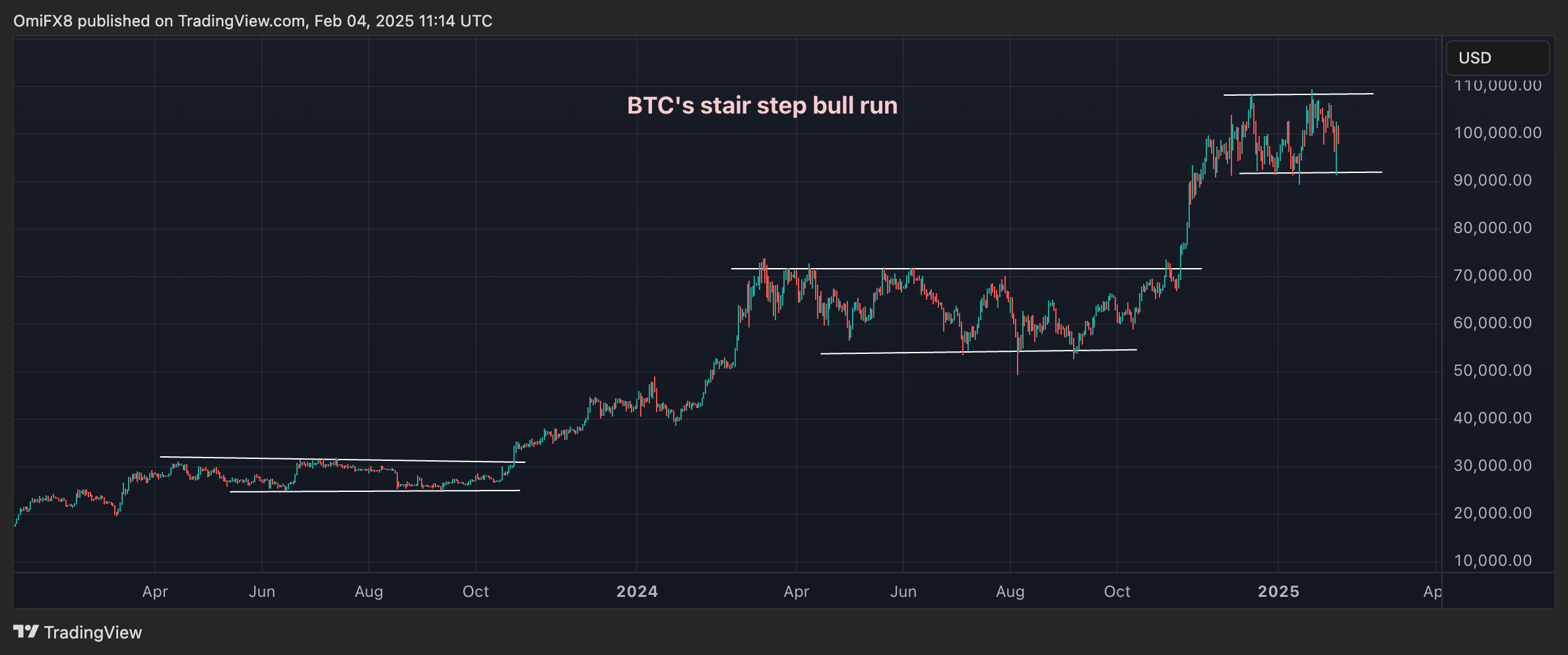
Bitcoin’s daily chart shows a classic «stair step» bull run, characterized by price rises followed by consolidations, representing accumulation periods.
The latest consolidation between $90,000 and $110,000 is the third such pattern since 2023. A breakout would mean continuation of the uptrend.
Note, however, that gains seen after the second consolidation between $50,000 and $70,000 were significantly less than those seen after the first breakout in late 2023.
Crypto Equities
MicroStrategy (MSTR): closed on Monday at $347.09 (+3.67%), down 1.35% at $342.40 in pre-market.
Coinbase Global (COIN): closed at $284.41 (-2.38%), down 0.47% at $283.08 in pre-market.
Galaxy Digital Holdings (GLXY): closed at C$28.02 (-1.62%)
MARA Holdings (MARA): closed at $17.95 (-2.13%), down 1.23% at $17.73 in pre-market.
Riot Platforms (RIOT): closed at $11.99 (+0.93%), down 0.58%% at $11.92 in pre-market.
Core Scientific (CORZ): closed at $12.33 (+0.49%), down 1.05% at $12.20 in pre-market.
CleanSpark (CLSK): closed at $10.59 (+1.44%), down 0.85% at $10.50 in pre-market.
CoinShares Valkyrie Bitcoin Miners ETF (WGMI): closed at $22.69 (+0.62%).
Semler Scientific (SMLR): closed at $50.46 (-2.89%).
Exodus Movement (EXOD): closed at $59.59 (+19.47%), unchanged in pre-market.
ETF Flows
Spot BTC ETFs:
Daily net flow: -$234.4 million
Cumulative net flows: $40.26 billion
Total BTC holdings ~ 1.177 million.
Spot ETH ETFs
Daily net flow: $83.6 million
Cumulative net flows: $2.84 billion
Total ETH holdings ~ 3.648 million.
Source: Farside Investors
Overnight Flows
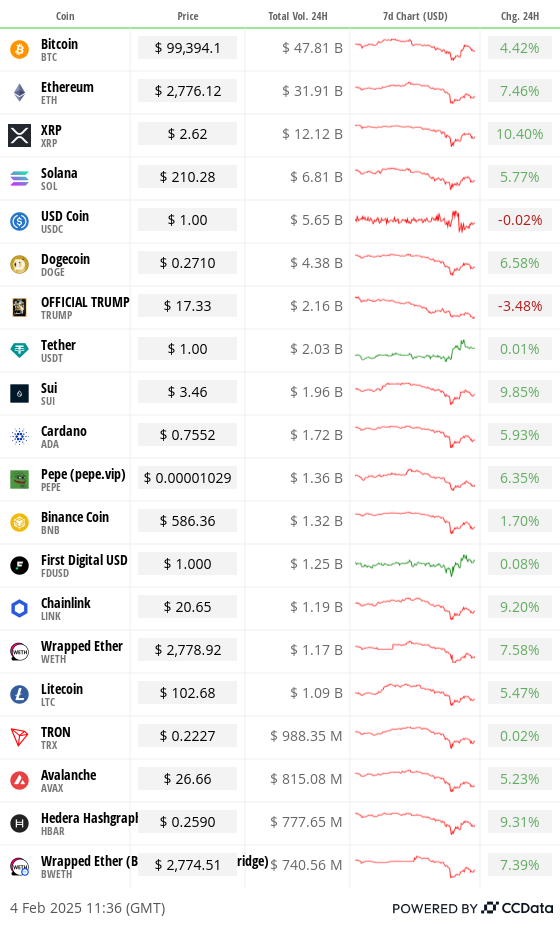
Chart of the Day
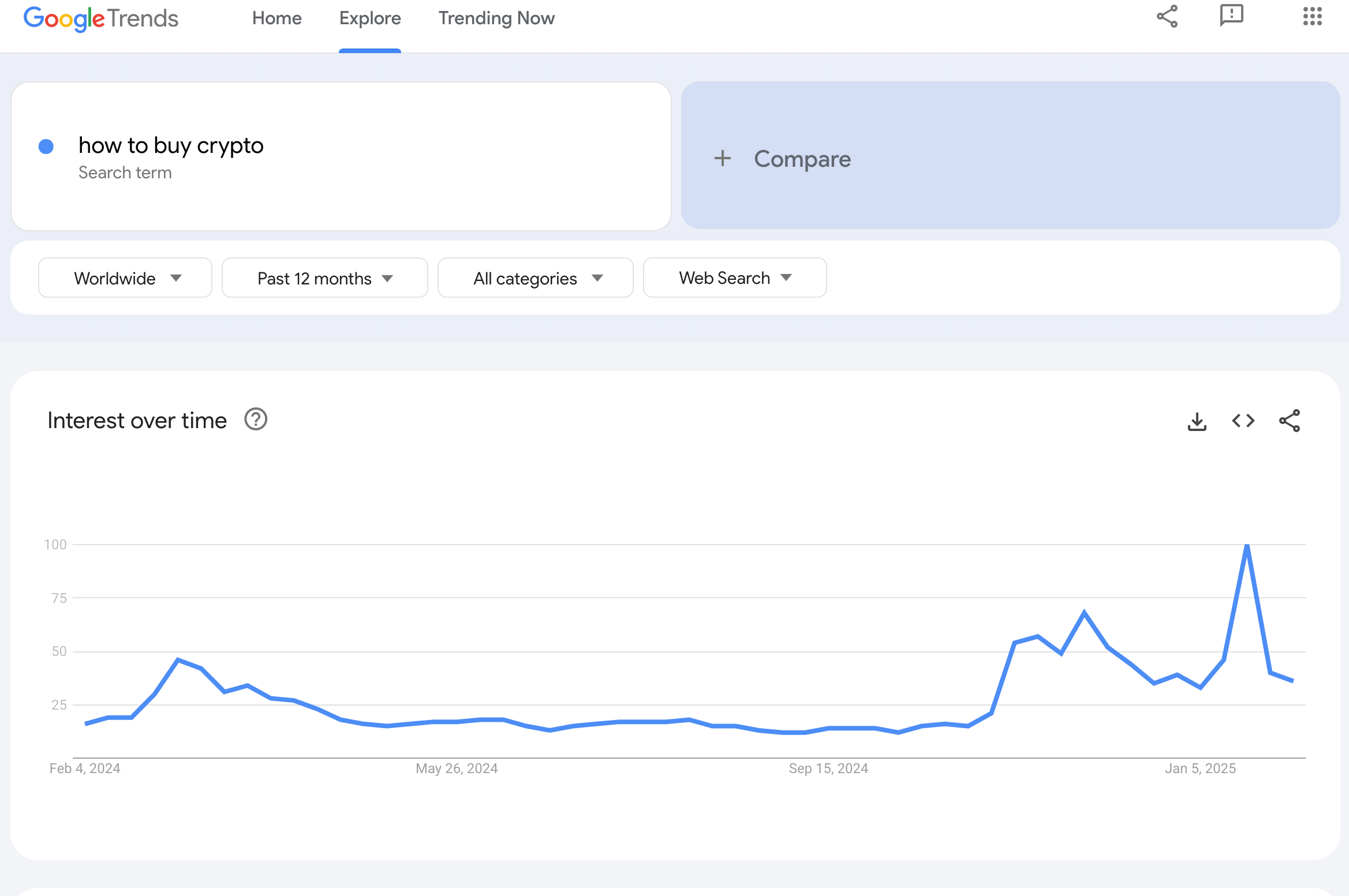
Google trends for the worldwide search query «how to buy crypto» shows retail investor interest in digital assets has cooled since hitting a peak of 100 last month.
While You Were Sleeping
Ethereum Raises Gas Limits for First Time Since 2021, Boosting ETH Appeal (CoinDesk): Ethereum’s gas limit rose to nearly 32 million units, which should help increase the network’s throughput and potentially lower transaction costs during periods of high demand.
Lending Protocol Aave Processes $200M in Liquidation Without Adding to Bad-Debt Burden (CoinDesk): Aave processed $210 million in liquidations on Monday, the most since August, without adding new debt. Strong risk controls reduced existing liabilities by 2.7% amid market volatility.
TRON, Movement Labs Deny ‘Token Swap’ Deal for World Liberty Financial Inclusion (CoinDesk): Representatives from TRON and Movement Labs rejected allegations of token swap deals for treasury inclusion with World Liberty Financial (WLFI).
Yuan Extends Loss With China Proxies as US Trade War Reignites (Bloomberg): China’s retaliatory tariffs on U.S. coal, LNG, oil and agricultural equipment spooked Asia-Pacific markets, pressuring offshore Chinese yuan. Talks between the U.S. and China could help deescalate the trade war.
Stocks Erase Gains After China Retaliates Against U.S. (Financial Times): Shortly after Trump’s 10% tariff on all Chinese goods took effect on Tuesday, Beijing hit back by imposing import tariffs on various U.S. goods, causing global stocks to give back some of Monday’s gains.
Euro Stays Weaker Amid Tariff Risks (The Wall Street Journal): Danske Bank’s Stefan Mellin says Trump’s threats of tariffs on EU imports are likely to keep the euro under pressure over the next several weeks even though these might just be «primarily a negotiating tool.»
In the Ether
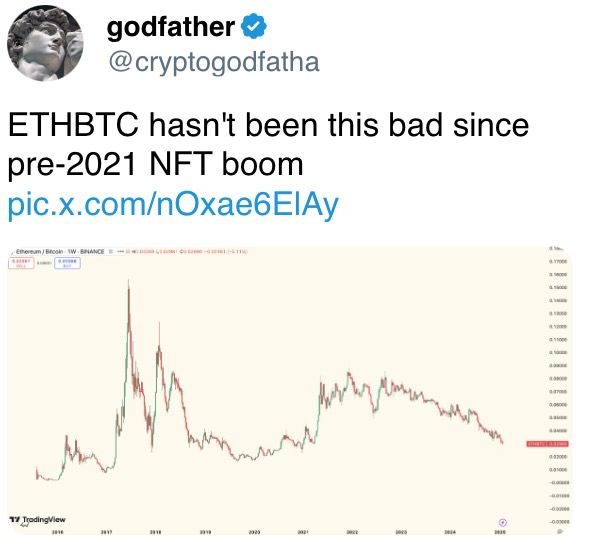

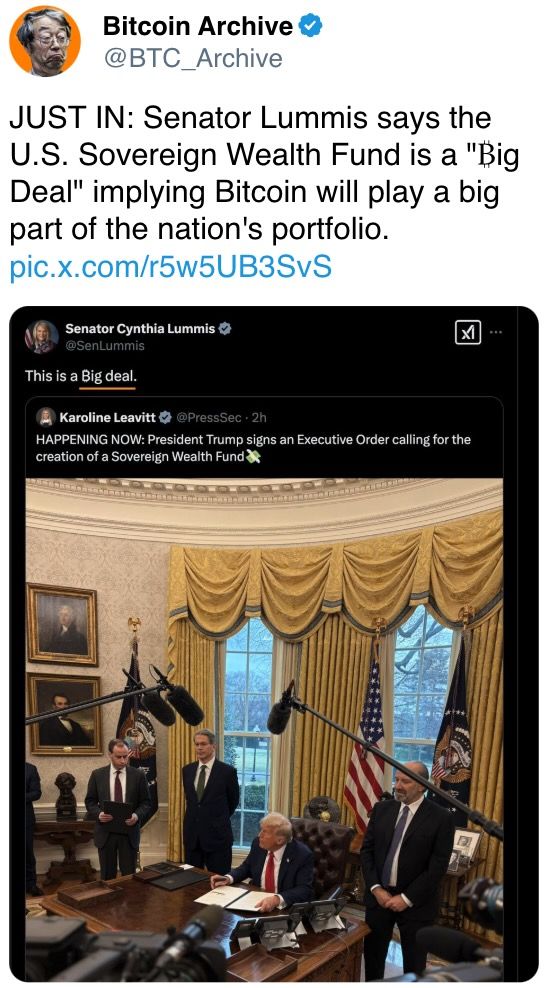

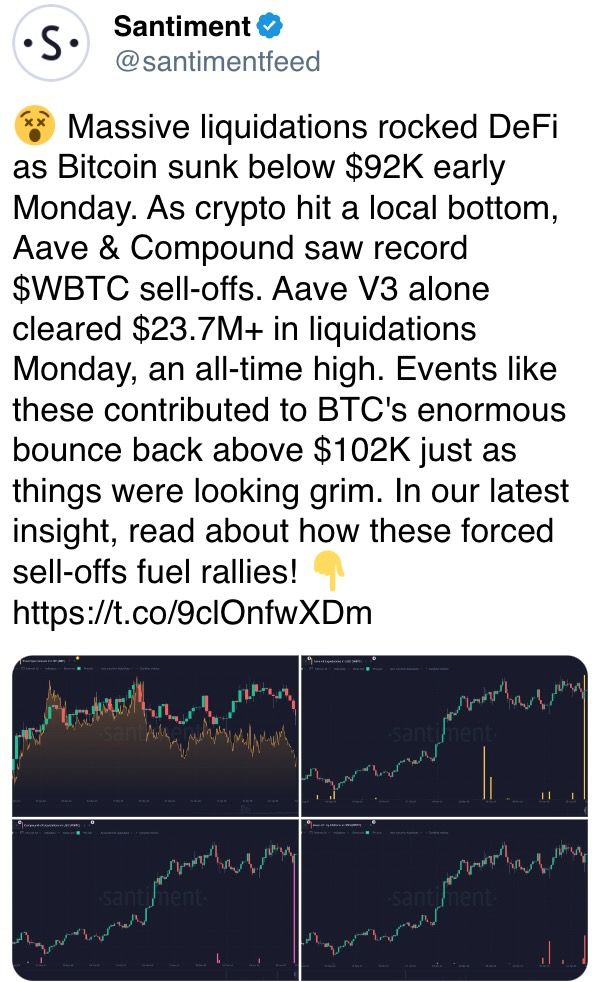
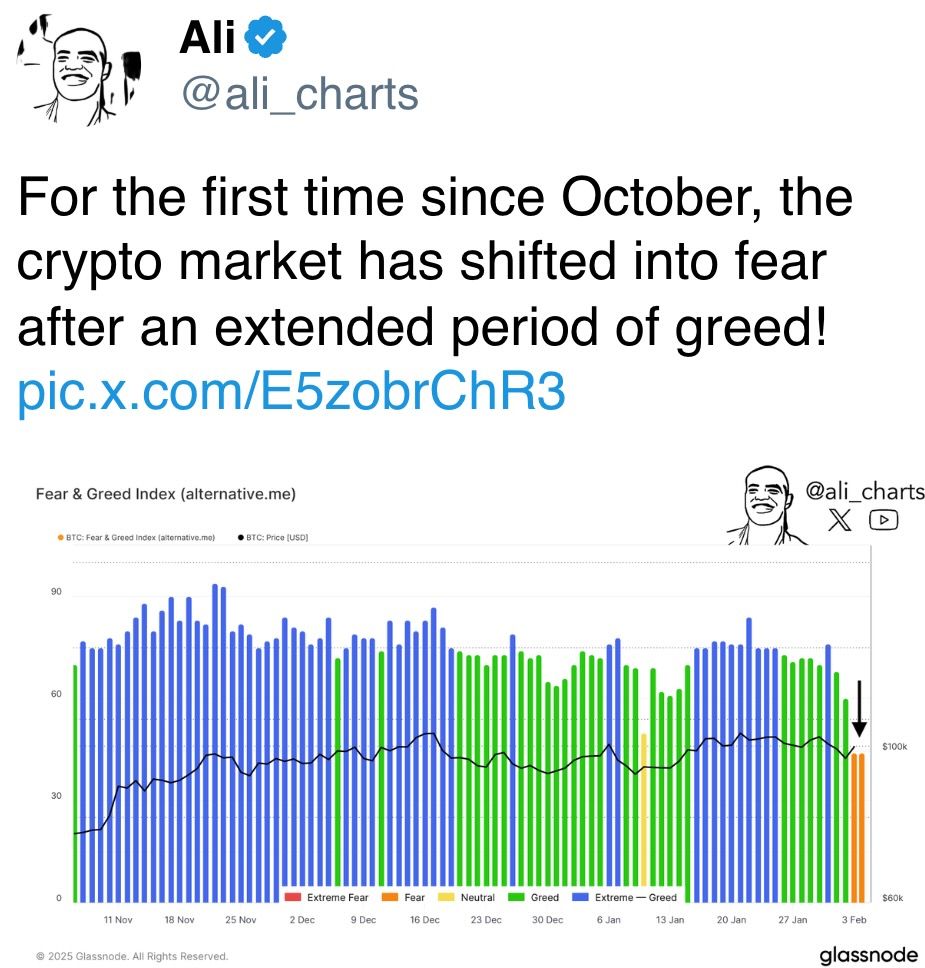
Uncategorized
Elon Musk vs. the regulators
Welcome back to TechCrunch Mobility, your hub for all things “future of transportation.”
Uncategorized
Nvidia’s AI empire: A look at its top startup investments
Over the last two years, Nvidia has used its ballooning fortunes to invest in over 100 AI startups. Here are the giant semiconductor’s largest investments.
Uncategorized
Dating app Cerca will show how Gen Z really dates at TechCrunch Disrupt 2025
Cerca is a dating app that sets users up with mutual friends.
-

 Business12 месяцев ago
Business12 месяцев ago3 Ways to make your business presentation more relatable
-

 Fashion12 месяцев ago
Fashion12 месяцев agoAccording to Dior Couture, this taboo fashion accessory is back
-

 Entertainment12 месяцев ago
Entertainment12 месяцев ago10 Artists who retired from music and made a comeback
-

 Entertainment12 месяцев ago
Entertainment12 месяцев ago\’Better Call Saul\’ has been renewed for a fourth season
-

 Entertainment12 месяцев ago
Entertainment12 месяцев agoNew Season 8 Walking Dead trailer flashes forward in time
-

 Business12 месяцев ago
Business12 месяцев ago15 Habits that could be hurting your business relationships
-

 Entertainment12 месяцев ago
Entertainment12 месяцев agoMeet Superman\’s grandfather in new trailer for Krypton
-

 Uncategorized4 месяца ago
Uncategorized4 месяца agoRobinhood Launches Micro Bitcoin, Solana and XRP Futures Contracts


